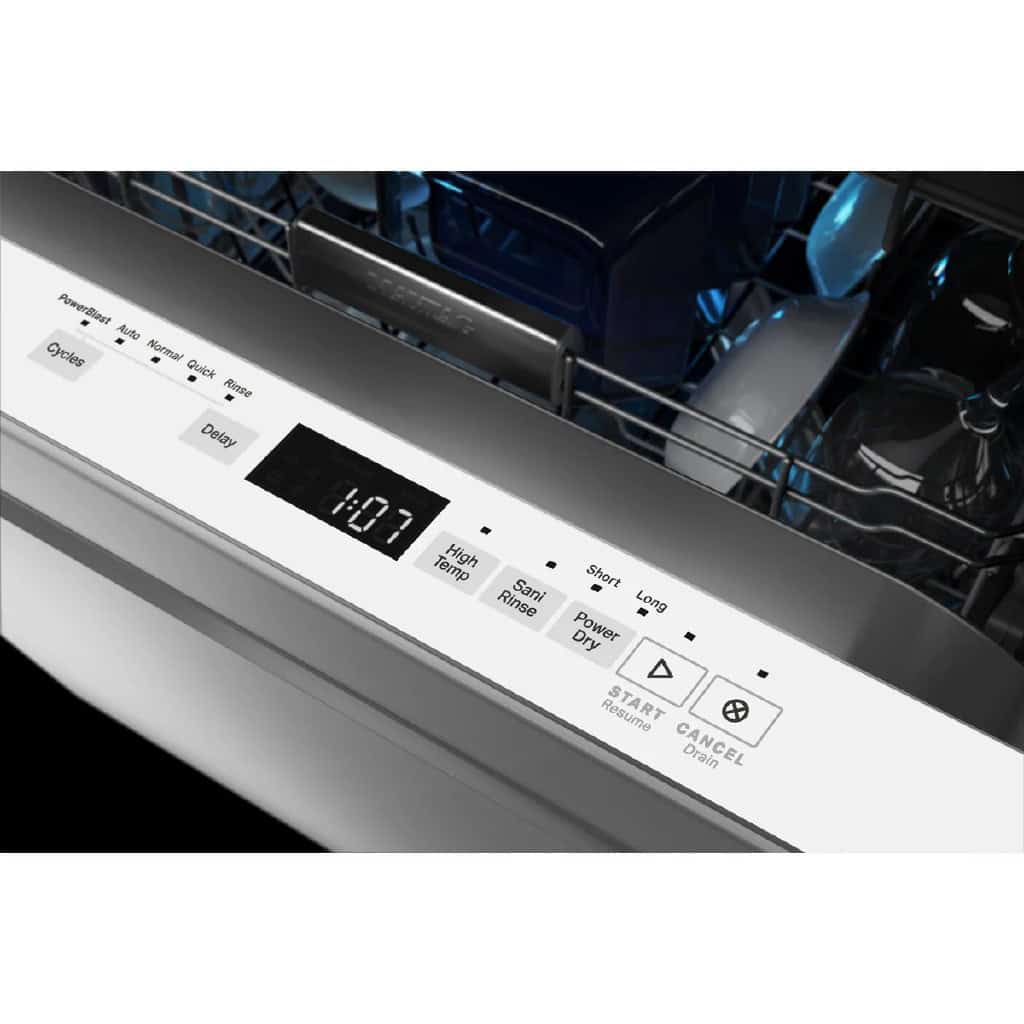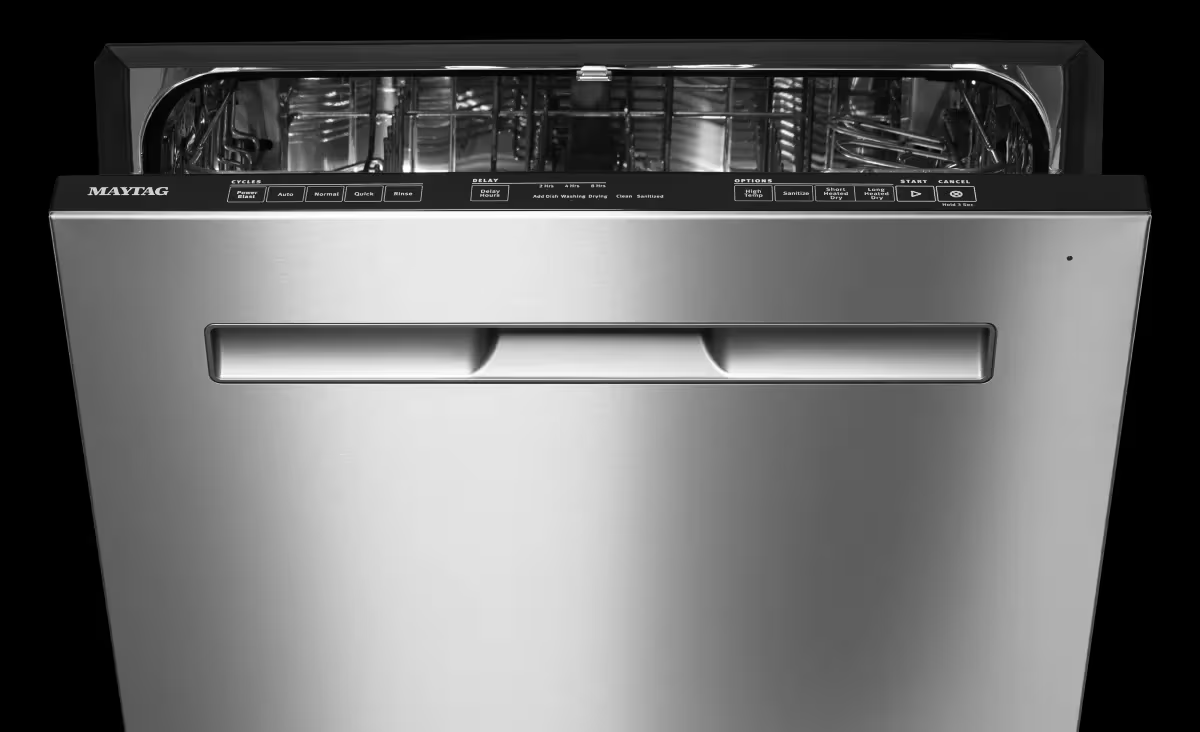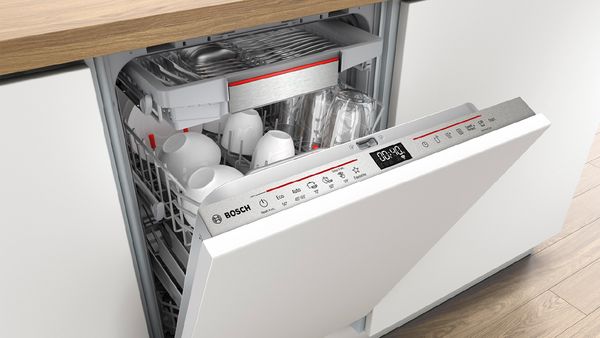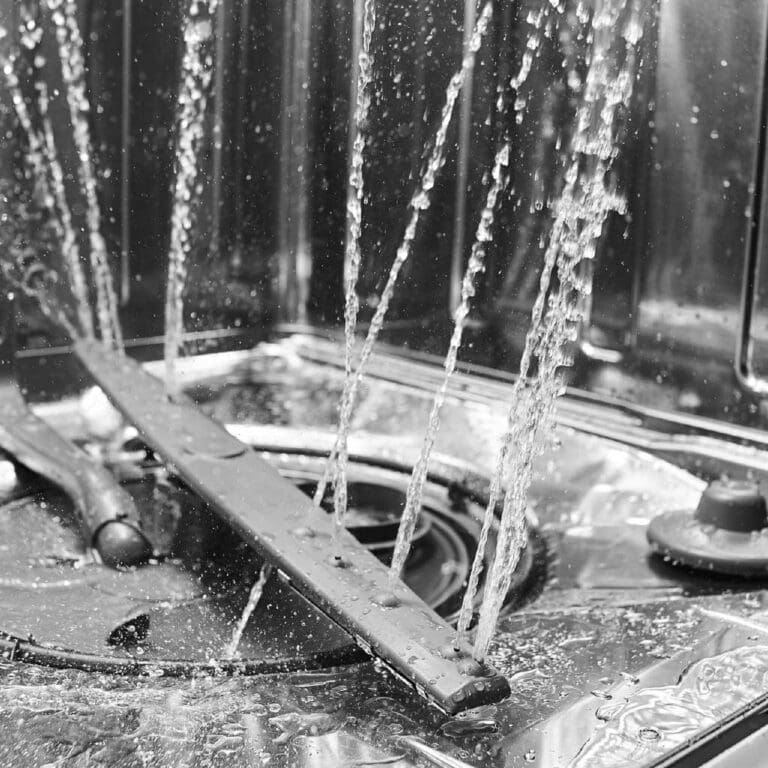Why Won’t My Maytag Dishwasher Start? Here’s What I Did to Fix It
Are you frustrated because your Maytag dishwasher just won’t seem to start? It can be incredibly inconvenient to have a dishwasher that’s not working properly, especially when you have a sink full of dirty dishes waiting to be washed.
There are a few common reasons why your Maytag dishwasher may be refusing to start, and in this blog post, we’ll explore some of the potential causes and solutions to get your dishwasher up and running again.
So, if you’re tired of handwashing dishes and wondering why your Maytag dishwasher is giving you trouble, keep reading for some helpful tips and insights.
Why Won’t My Maytag Dishwasher Start?

First Things First: Don’t Panic
When I first noticed my Maytag dishwasher wasn’t starting, I was immediately overwhelmed. All I could think about was how much time I was going to waste and how much I’d end up spending if I had to call in a repair tech. But before diving into any drastic measures, I remembered that the simplest problems often have simple solutions.
So, I took a deep breath and started troubleshooting step by step.
Step 1: Check the Power Supply
I’ll admit, the first thing I overlooked was the power. After all, it’s easy to assume that your appliances are always plugged in and receiving power. But as I’ve learned the hard way, sometimes the issue is right under your nose—literally.
Here’s what I did:
- Inspect the Power Cord: The cord might have come loose, or there could be a frayed spot somewhere along the wire. You’d be surprised how easy it is to forget that simple connection.
- Check the Circuit Breaker: It sounds basic, but I didn’t even think to check this at first. A blown fuse or a tripped circuit breaker could easily be the culprit.
- Test the Outlet: Using a multimeter, I checked whether the outlet was giving off power. If you don’t have one of these, you can test the outlet with another working appliance.
After a few checks, I discovered the circuit breaker had tripped. I flipped it back on, and sure enough, the dishwasher sprang to life.
Step 2: Look at the Door Latch
This is where I ran into an unexpected snag. I’d always assumed the door latch was just a formality—something to keep the door shut during the wash cycle. But I learned that the door latch is actually a critical safety mechanism for starting the dishwasher. If it doesn’t engage properly, the dishwasher won’t start, no matter how many buttons you press.
Here’s what I found:
- Check the Latch Mechanism: The latch might be stuck or faulty. Sometimes, debris builds up around it, preventing it from closing completely. A quick inspection and a cleaning with a damp cloth might solve the problem.
- Test the Door Switch: The door switch, which is linked to the latch, could be malfunctioning. If the switch is faulty, the dishwasher won’t start. I gave the switch a little wiggle to see if it would engage, and I heard a click, indicating it was working fine.
- Replace the Latch: In my case, it was the latch itself that was giving me trouble. If it’s cracked or damaged, you may need to replace it entirely. I found that ordering a new latch part online was fairly straightforward, and swapping it out was a breeze.
Step 3: Is the Control Board Misbehaving?
The control board is the brain of your Maytag dishwasher. If it’s faulty, your dishwasher might not respond to any commands. I’ve heard stories of people pressing buttons, only to have the control panel remain completely unresponsive.
What I did:
- Check for Error Codes: Some Maytag dishwashers display error codes when the control board is having issues. I pulled out my dishwasher’s manual and looked up any codes that appeared on the display.
- Reset the Control Board: A quick reset might do the trick. Unplugging the dishwasher for 5–10 minutes gave the control board a chance to reset itself. When I plugged it back in, the dishwasher started up like nothing had happened.
- Examine the Control Panel: If pressing the buttons still didn’t work, I considered that the control panel might be the issue. A loose connection or a faulty button could prevent the board from reading inputs correctly.
Step 4: Inspect the Thermal Fuse
I’ll admit, I didn’t even know what a thermal fuse was until I started doing some research. But once I did, I realized that it’s one of those safety features that can cause a lot of headaches if it fails.
What I did:
- What It Does: The thermal fuse protects the dishwasher from overheating by cutting off power when the temperature gets too high. If it blows, your dishwasher will stop working altogether.
- How to Check It: Using a multimeter, I checked the fuse for continuity. If the fuse doesn’t show any continuity, that means it’s blown. I had to replace mine, which was surprisingly easy with a quick online order.
You May Also Like: Why Do My Dishes Taste Like Soap After the Dishwasher?
Step 5: Check the Timer or Selector Switch
The timer or selector switch controls the various cycles of the dishwasher, telling it when to start and what to do, or during empty dishwasher cycle. If it’s broken or malfunctioning, your dishwasher won’t start, no matter what else is working.
Here’s what I tried:
- Turn the Dial: I manually rotated the dial to different settings to see if it would start. It wouldn’t budge on one setting, which was a sign that something wasn’t working properly inside the timer mechanism.
- Check for Electrical Issues: If the timer seems stuck or unresponsive, there could be an electrical short or internal damage to the mechanism. I found out the hard way that replacing a faulty timer can be a bit tricky, but it’s manageable if you have some basic DIY skills.
Step 6: Listen for Weird Noises
I’ve learned that dishwashers are often pretty vocal about their problems. If my Maytag was silent, it could mean one thing: there’s no power getting through. If the dishwasher hums but doesn’t start, there could be an issue with the motor or the pump.
What I did:
- Listen for the Hum: A faint hum might suggest the motor is trying to kick in but is being blocked by something like a clogged pump. I gave the pump a quick inspection, and sure enough, a small piece of debris was causing the blockage.
- Check the Motor: If the motor makes a grinding noise, it could be time to replace it. It’s a bigger job than some of the other fixes, but I found that tackling it early saved me a lot of time and money later.
If none of these steps resolve the issue, it may be best to contact a professional technician to diagnose and repair the problem.
Step 7: When All Else Fails, Call the Pros
Despite my best efforts, there comes a point when you need to call in the experts. I wasn’t able to fix everything on my own—sometimes the damage is too much, or the parts are too tricky to replace.
What I did:
- When to Call a Professional: If none of these solutions work, it’s probably time to get a professional technician involved. Dishwashers are complicated machines, and sometimes you just need an expert to dig deep into the inner workings.
- Don’t Be Afraid of a Service Call: I was hesitant at first, but after getting a few quotes, I realized it’s not always as expensive as I thought. A good tech can often solve the problem in a single visit.
If none of these issues seem to be the problem, it may be best to consult a professional for a more in-depth diagnosis and repair.
| Also Read: My Dishwasher Shut Off After a Few Minutes |
In Conclusion: Keeping My Maytag Running
Getting my Maytag dishwasher up and running again was a process, but with a little patience and a few key steps, I was able to troubleshoot the problem without breaking the bank. Whether it’s a power issue, a faulty latch, or a more complicated internal problem, there’s a good chance that with the right tools and knowledge, you can fix it yourself.
As a homeowner, the more you know about your appliances, the better equipped you are to handle whatever comes your way. So, the next time your Maytag dishwasher won’t start, don’t panic—take a deep breath, follow these steps, and you’ll be back to washing dishes with ease.






